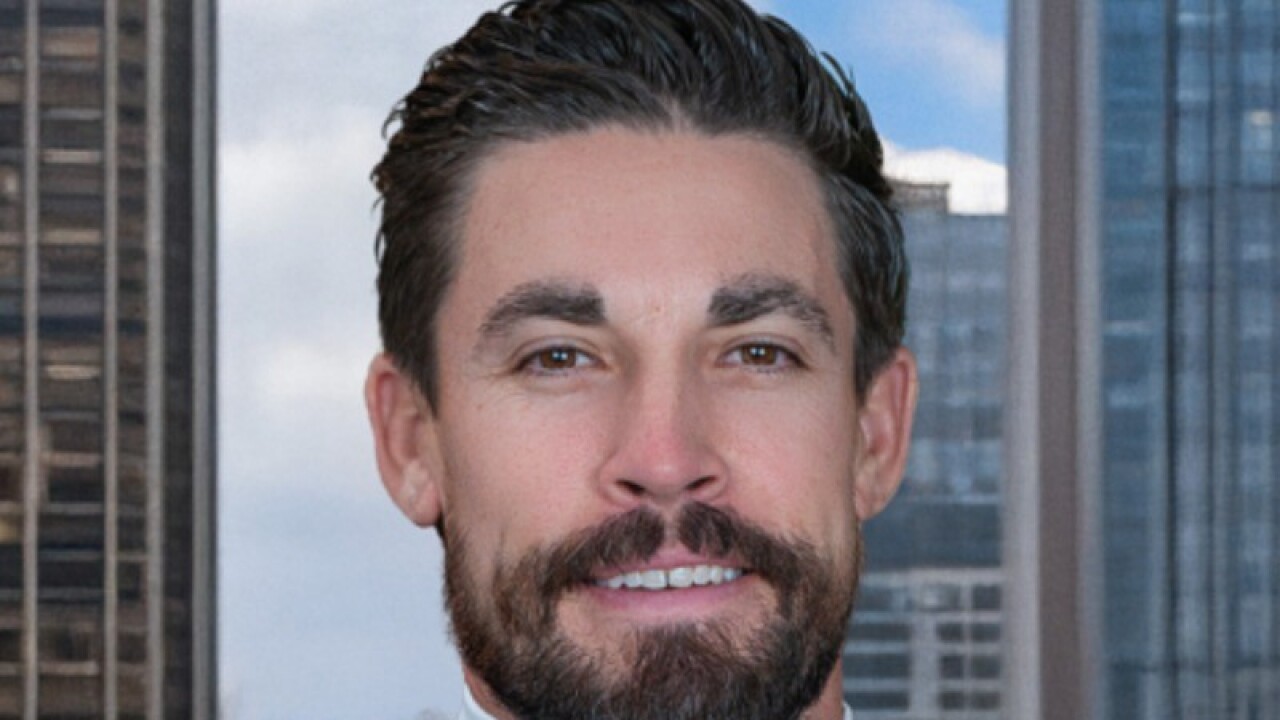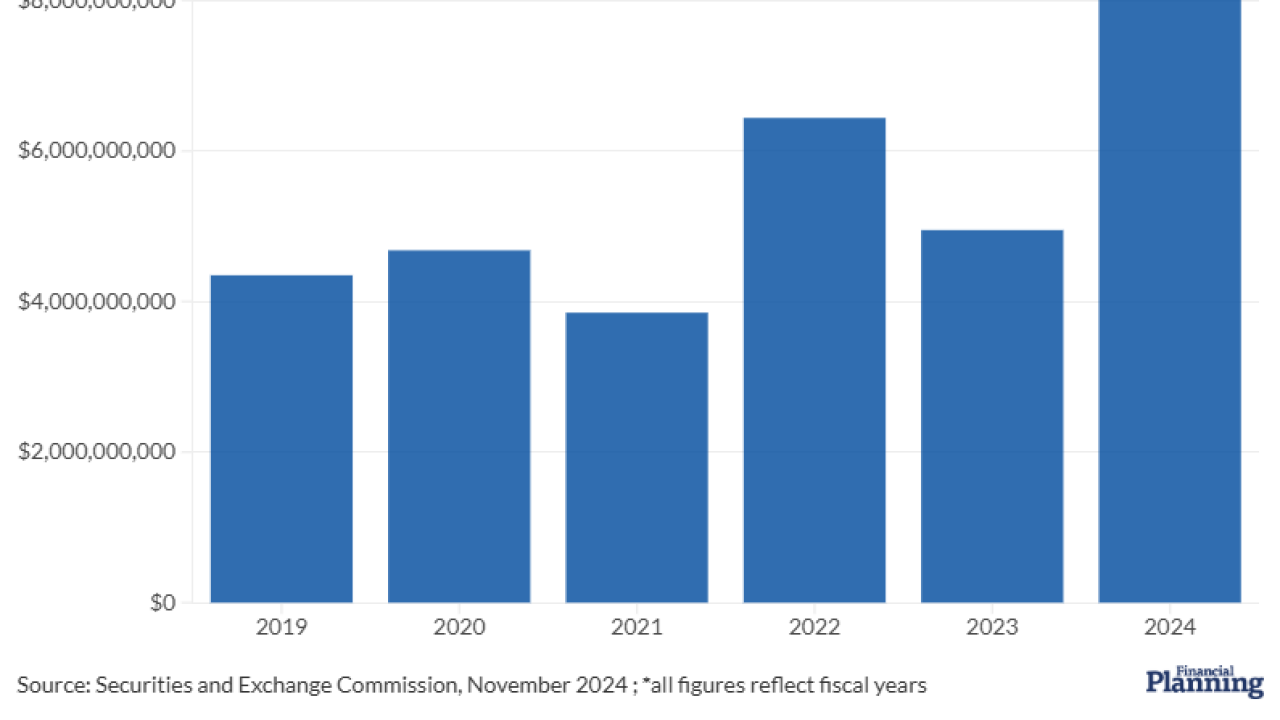Financial advisors who are used to working only with retail clients may not know about potential opportunities in the industry's institutional channel
Many advisors already
READ MORE:
The "very broad" range of endowments extends from the large academic institutions or hospital systems to charitable organizations of various sizes and to family offices and foundations, according to Andrew Tudor, an investment advisor with Philadelphia-based registered investment advisory firm
"There are probably some in your network and your book and your community that you haven't looked into," he said. "I would start by asking my best clients if they serve on boards and charities."
Those kinds of inquiries could open the door to the fastest growing segment of the institutional wealth management marketplace.
Endowment assets will expand at an annual rate of 7.9% in the next five years, compared to 4.7% at public pensions and 2.2% among corporate defined benefit plans, according to the third-quarter
However, there are 2,027 endowments with $250 million or fewer assets that collectively have $69.6 billion — including 1,351 with $50 million or less that have a combined $20.3 billion. The biggest endowments comprise only 4.5% of the institutions in the channel.
There is "a lot of crossover" with advisors' direct retail client base and their business among endowments, where RIAs are competing with outsourced chief investment officers from asset management firms for business in some segments of the channel, according to Christopher Swansey, an associate director with
"We definitely see advisors competing for endowment assets on the smaller end of the market," Swansey said in an interview. "We do see some of the relationship network effect taking place, especially in that area of the market."
READ MORE:
Advisors could take on "à la carte" duties for endowments like performing an asset manager search or creating investment guidelines or by overseeing a nonprofit's operating and intermediate-term reserves, donor-restricted holdings and investment portfolios, according to Tim Skelly,
"People generally have an affinity toward their church, toward their college and some other type of charity that may have struck them at some point in their life," Skelly said in an interview. "There's a lot you can do, and it could be as simple as writing an investment policy."
Skelly has the CIMA designation, which is issued by
The biggest contrast compared to working with individual clients comes from the work of "consensus building" at a family foundation or nonprofit, Tudor said. The discussions "are really accessible conversations for advisors who are used to setting a target or managing an investment portfolio," but planners must get acquainted with the dynamics of boards and committees that are tasked with finding an institution's investment solutions, he said.
"Making investment recommendations for one person is a little easier than making recommendations for a family," Tudor said. "It can be difficult to get everyone on the same page and make a decision and execute."
On the other hand, since endowments' investments are usually tax-exempt, advisors "don't have to take on that level of complexity that you would" for a retail wealth management client, said Swansey.
"These endowments are looking for institutional-quality service when it comes to their asset management partners," Swansey said. "They're looking to dive deeper into what's affecting performance, what their risks are and what their fees are as well. They're typically going to negotiate and command a lower fee than an individual."
READ MORE:
The advisor's role with endowments can evolve into one encompassing "investments plus strategy plus helping them with growth," so they will want to remember that breaking into the channel takes multiple years rather than some sort of "a six-month commitment," Skelly said.
They may even take on the job of fundraising, in which advisors need to be willing to engage in meetings with big donors and keep in mind that, "you have the investment and you have the process side of things, but also having the ability to help them raise money," he said.
"Having a solid investment policy is critical if you're asking major donors to endow this organization," Skelly added.
For some advisors, breaking into a new channel could also mean overcoming anxiety about working with institutional clients rather than individuals, according to Tudor. That's where the professional designations and other education can prove beneficial, such as the fact that many clients and organizations that they hold dear to them could use that assistance, he said.
"There can be ways that you exclude yourself, saying, 'Oh, I can't do that. That's not my purview,'" Tudor said. "The heavy lifting of managing the accounts, the heavy lifting of knowing how to ask good questions and knowing how to execute an investment portfolio are the same. They cross over pretty well."





